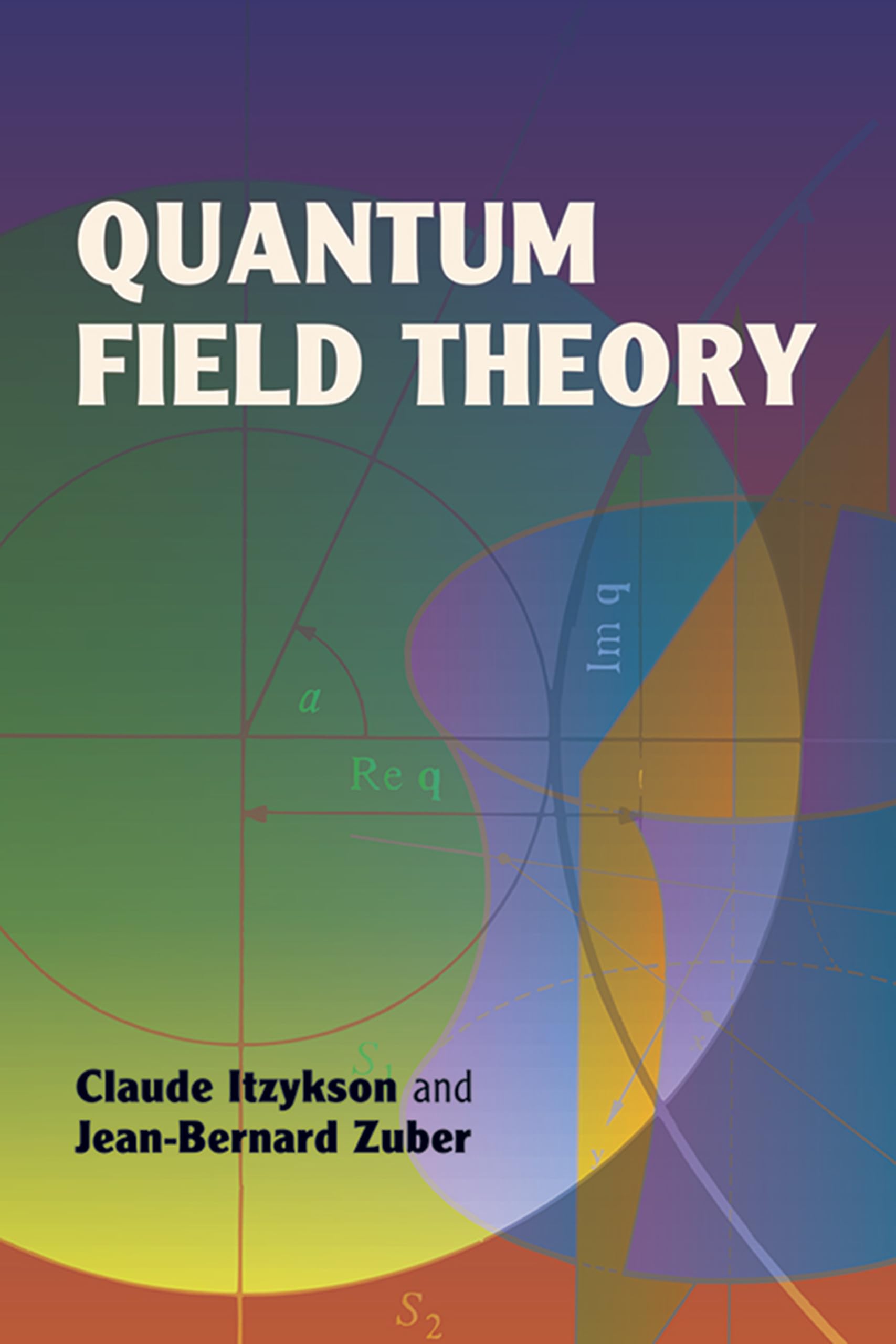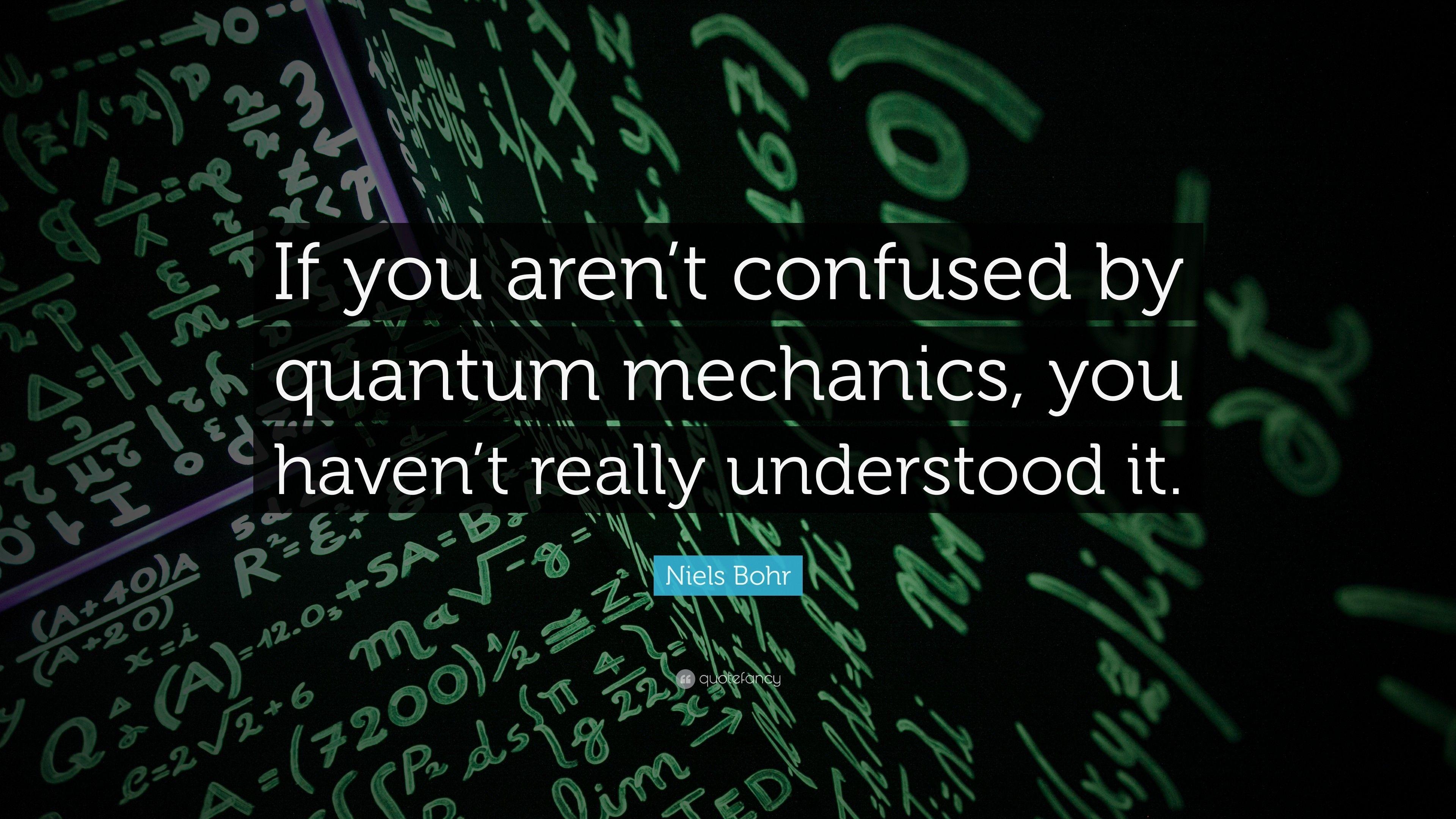Theoretical Physics

Ekpyrotic Universe
The Ekpyrotic Universe is a cosmological scenario introduced in 2001 in which the observable hot big bang results from the collision of higher-dimensional branes, preceded by a slow, ultra–stiff phase of contraction. Developed within brane-world extensions of M-theory, it offers an alternative to inflation for explaining large-scale homogeneity, flatness, and the origin of structure, with characteristic observational signatures such as negligible primordial tensor modes and specific non-Gaussianity patterns.

General relativity
General relativity is a 1915 theory of gravitation developed by Albert Einstein that models gravity as the curvature of spacetime produced by energy and momentum. It underpins modern astrophysics and cosmology, predicting phenomena such as black holes, gravitational waves, gravitational lensing, and the expansion of the universe, and has been repeatedly confirmed by high-precision experiments and observations.

Heisenberg uncertainty principle
Formulated in 1927 by German physicist Werner Heisenberg, the Heisenberg uncertainty principle states that certain pairs of physical quantities—most famously position and momentum—cannot be simultaneously specified with arbitrarily high precision. The principle has precise mathematical forms, broad generalizations, and significant implications for the foundations of quantum theory, measurement, and modern quantum information science.

M-theory
M-theory is a proposed framework in theoretical physics that unifies the five consistent versions of superstring theory through dualities and is expected to have an eleven-dimensional low-energy limit described by eleven-dimensional supergravity. First articulated by Edward Witten in 1995, the framework incorporates extended objects such as two- and five-dimensional branes and has seen nonperturbative formulations proposed via matrix theory and holographic dualities.

Planck length
The Planck length (ℓP) is the fundamental unit of length in the system of Planck units, defined by ℓP = √(ħG/c³). Using the 2022 CODATA adjustment maintained by NIST, its value is 1.616255(18) × 10⁻³⁵ meters with a relative standard uncertainty of 1.1 × 10⁻⁵. It is widely treated as a characteristic scale at which quantum and gravitational effects are expected to become comparable, motivating research programs in quantum gravity.

Quantum
In physics, a quantum is the minimum amount of any physical entity involved in an interaction, representing discrete units of energy, charge, or other physical properties.

Quantum Field Theory
Quantum Field Theory (QFT) is a fundamental theory in physics that provides a theoretical framework for understanding the subatomic world. It merges the principles of quantum mechanics with those of special relativity and classical field theory, positing that particles are excitations of underlying quantum fields rather than discrete objects. QFT is the foundation of the Standard Model of particle physics and has been successfully applied to condensed matter physics.

Quantum Foam
Quantum foam, also known as spacetime foam, is a theoretical concept in quantum mechanics, conceived by John Archibald Wheeler. It describes the fabric of spacetime at the subatomic, Planck scale as a turbulent, fluctuating medium where virtual particles and microscopic black holes are constantly created and destroyed, giving spacetime a "foamy" texture.

Quantum mechanics
Quantum mechanics is the branch of physics that describes nature at atomic and subatomic scales using probabilistic laws and wave–particle duality. Developed in the early 20th century by figures including Max Planck, Albert Einstein, Werner Heisenberg, Erwin Schrödinger, and Niels Bohr, it provides the framework for modern atomic, molecular, condensed-matter, and particle physics, and underpins technologies from semiconductors and lasers to MRI and quantum information science.

Quantum Physics
Quantum physics is a fundamental branch of physics that studies the behavior of matter and energy at the atomic and subatomic levels, introducing concepts such as wave-particle duality, superposition, and entanglement.

Spacetime
Spacetime is the four‑dimensional geometric framework that unifies three dimensions of space with one of time, underpinning modern theories of motion, gravitation, and cosmology. Formulated in its modern form in the early 20th century through the work of Albert Einstein and Hermann Minkowski, spacetime is modeled mathematically as a Lorentzian manifold whose metric determines intervals, causal structure, and gravitational dynamics. It provides the setting for special relativity in flat Minkowski space and for general relativity, where mass–energy curves spacetime and guides the motion of matter and light.